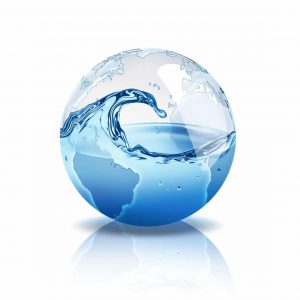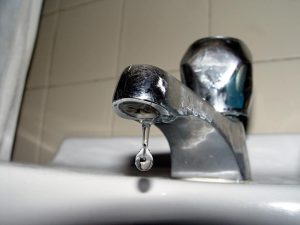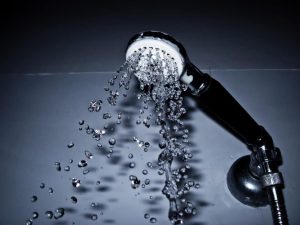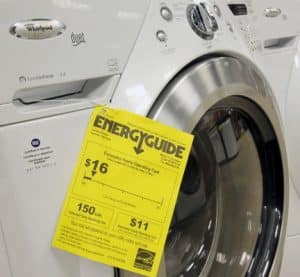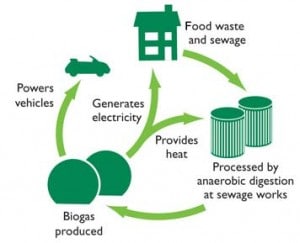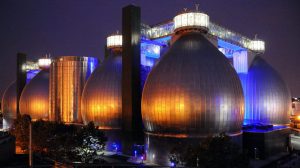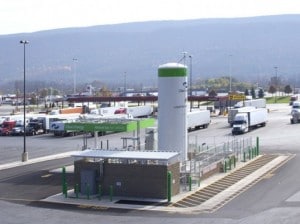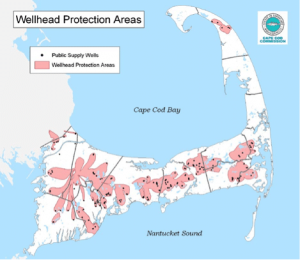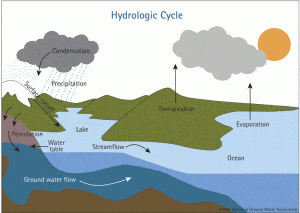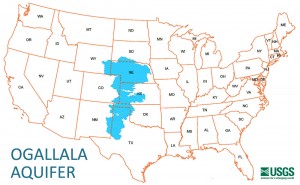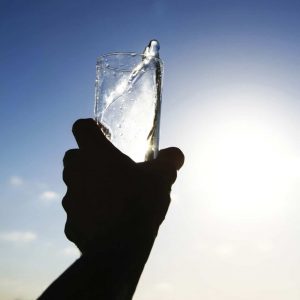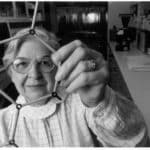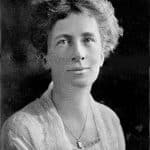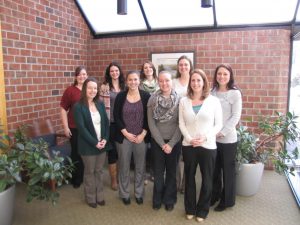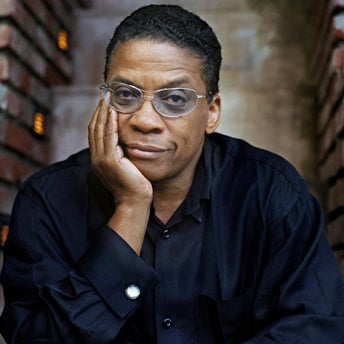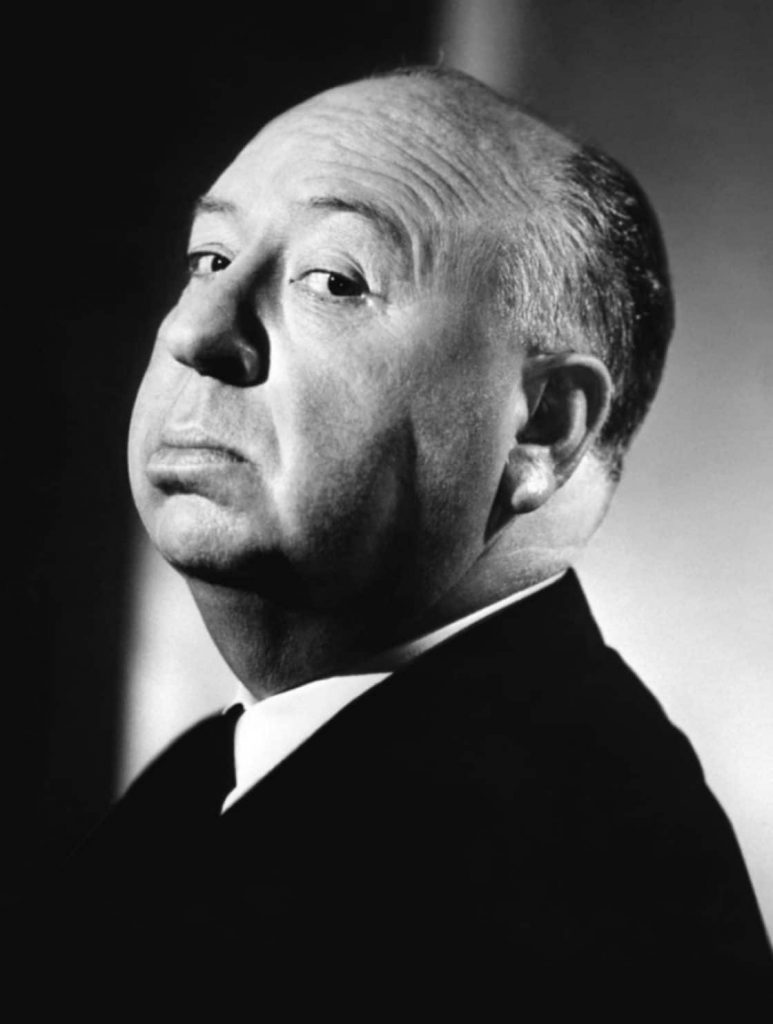 Water. For us, it’s as natural as breathing. When we want a drink, we run our faucet. To wash our dishes, or our clothing, we press a button. We always have access to restrooms, whether in a public facility or a private residence. Clean water and sanitation are rights, not privileges. But for millions of people outside our borders, life is very different:
Water. For us, it’s as natural as breathing. When we want a drink, we run our faucet. To wash our dishes, or our clothing, we press a button. We always have access to restrooms, whether in a public facility or a private residence. Clean water and sanitation are rights, not privileges. But for millions of people outside our borders, life is very different:
- 780 million people worldwide lack access to clean water. That’s 2.5x more people than live in the United States.
- More than 3.4 million people die each year from water, sanitation, and hygiene-related causes. That is almost the entire city of Los Angeles. 99% of these deaths occur in developing nations.
- Every 21 seconds, a child dies from a water-related illness. The majority of illness comes from fecal matter.
- The water and sanitation crisis claims more lives through disease than any war claims through guns.
Virtually all people in developed nations have access to clean water and sanitation. The areas of the world with the lowest percentage of people having access to clean water and improved sanitation are sub-Saharan Africa and southern Asia. And to put those numbers into perspective
- An American taking a five-minute shower uses more water than the average person in a developing country uses for an entire day.
- More people have a mobile phone than a toilet.
These are sobering facts indeed.
At Tata & Howard, we firmly believe that every single person on Earth should have access to clean water and improved sanitation. And because of our strong conviction, we have chosen to support Water For People, a charitable organization that works diligently to bring improved water and sanitation facilities to developing countries. Their goal is water for Everyone Forever, and when they say everyone, they mean everyone. Their methodology is precise and comprehensive, and has brought real and lasting results.
- Water For People collaborates with IRC International Water and Sanitation Centre, and Water & Sanitation for the Urban Poor (WSUP) to target districts in defined geographic regions for an Everyone Forever program.
- Success is defined as every household, every school, and every public health facility/clinic in those regions having access to improved water and sanitation services.
- Financial, physical, and operational investments are made by local and national governments, community residents, and other organizations to address current and future challenges of water systems and services. Eventually, target communities won’t need support from an international water agency ever again.
- Development agencies monitor field results for at least 10 years, but the monitoring capacity and responsibility are firmly embedded within communities and government. Data and results are publicly available to everyone.
- Everyone Forever programming grows from full coverage at district levels to national level and beyond, freeing countries from water and sanitation aid dependency.
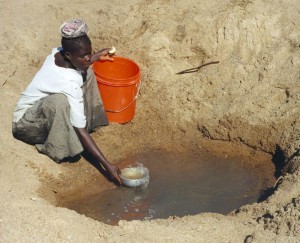
Water For People, the American Water Works Association’s (AWWA) charity of choice, will have a prominent presence at ACE14, the AWWA’s Annual Conference being held June 8-12 in Boston. They will host a booth, an evening fundraiser, an awards luncheon, and will give a presentation at a professional session. More information on Water For People at ACE14 can be found here.
Tata & Howard gives to Water For People through its workplace giving campaign by encouraging employees to donate through automatic payroll deduction which the company then matches dollar for dollar. We encourage you to learn more about Water For People and to visit their website where you can personally see the profound benefits that have come about as a result of their efforts: https://www.waterforpeople.org.



